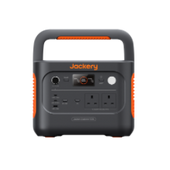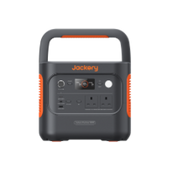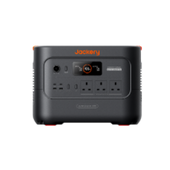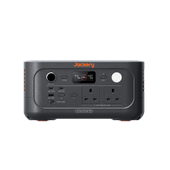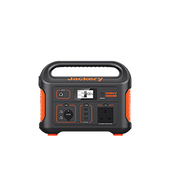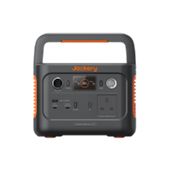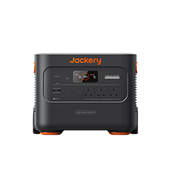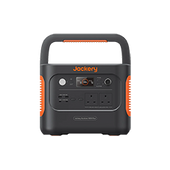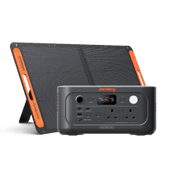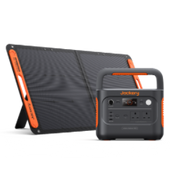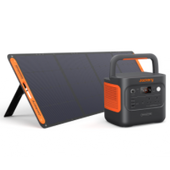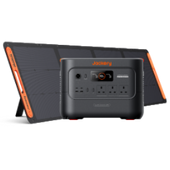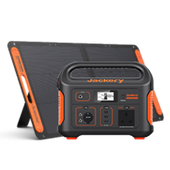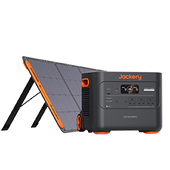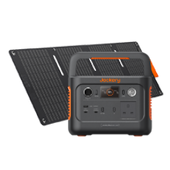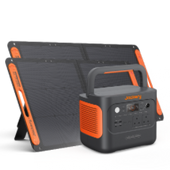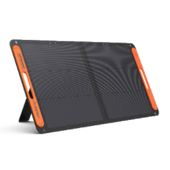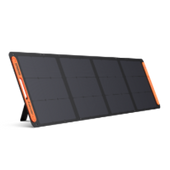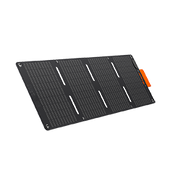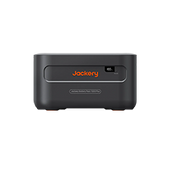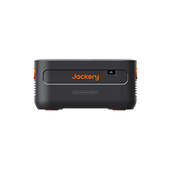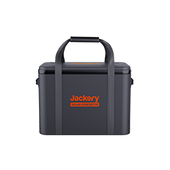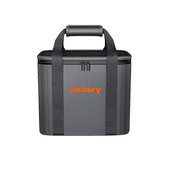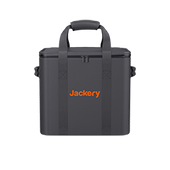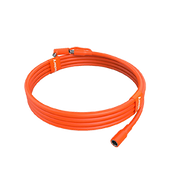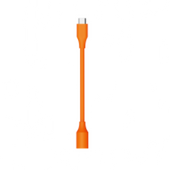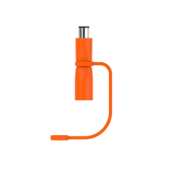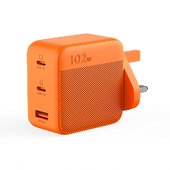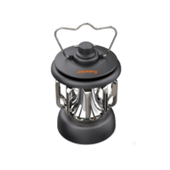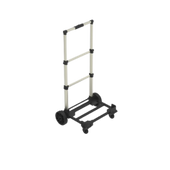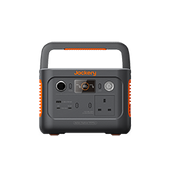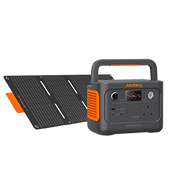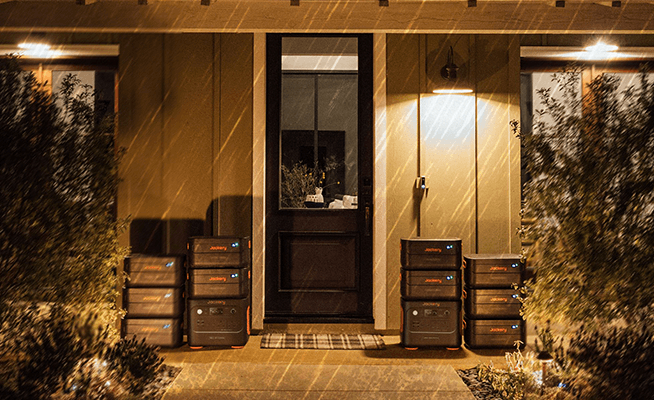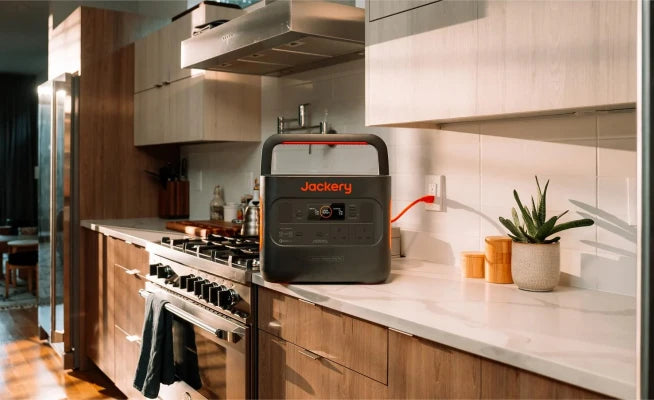How Does Solar Battery Backup Work: What You Need to Know
Traditional battery backup systems that primarily relied on coal stations and other fossil fuel sources gained popularity because of their ability to provide backup power during outages. However, as the importance of sustainability and renewable energy grew, solar battery backup systems emerged as a superior alternative. Solar energy is extremely important due to its many benefits and its ability to address key energy and environmental challenges.
The top benefits of solar energy solutions include sustainability, cost-effectiveness, energy independence and security, eco-friendly, and more. By embracing solar battery backup systems, individuals and communities in the UK can contribute to a more resilient, greener energy landscape.

How Does Solar Battery Backup Work?
Over the years, the number of coal power stations in the UK has significantly decreased due to the country’s commitment to transitioning to cleaner and more sustainable forms of energy. The answer to the question “How many coal power stations are in the UK?” is two. The country plans to phase out unabated power stations that rely on fossil fuels by 2025. Solar battery backup systems, e.g., battery backup, are considered the future. They have transformed the way we harness and store energy, offering a sustainable and reliable solution for powering homes and devices.
In order to learn how the solar battery backup system works, it is important to learn about its key components, the process of solar power generation, and how the stored energy is converted into usable electricity.
1. Components of a Solar Battery Backup System
A solar battery backup system consists of two primary components: the solar panel and the power station. Together, they work seamlessly to capture, store, convert, and distribute solar energy for various applications.
The solar panel is the key component of the solar battery backup system that is responsible for capturing sunlight and converting it into electricity. It is composed of multiple photovoltaic (PV) cells, and it utilizes the photovoltaic effect to generate an electric current when exposed to sunlight. The PV cells contain semiconductor materials, e.g., silicon, that release electrons when photons from sunlight strike them. These freed electrons create a flow of direct current (DC) electricity.
The power station consists of high-capacity batteries, usually lithium-ion, that store the excess electricity produced by the solar panels. The power station features a Battery Management System (BMS) that ensures efficient energy storage and retrieval by regulating charging and discharging processes and protecting the batteries from overheating, deep discharging, and overcharging.
Apart from storing energy, the power station contains an inverter, which can convert the DC electricity from the batteries into AC electricity so that you can use it to power up your household appliances and devices.
2. How Do Solar Panels Generate Power?
Solar panels harness the abundant energy from the sun and convert it into electricity via a process called the photovoltaic effect. Here’s how the process works:
- Photovoltaic Cells: As mentioned before, solar panels are composed of photovoltaic (PV) cells made of layers of semiconductor materials like silicon. The silicon in PV cells has unique properties that allow it to generate electricity when exposed to sunlight.
- The Photovoltaic Effect: When sunlight, which contains tiny packets of energy called photons, strikes the surface of a solar panel, it interacts with the silicon atoms in the PV cells. This interaction causes the electrons in the silicon atoms to gain energy and break free from their atomic bonds.
- Creation of an Electric Field: The photovoltaic cells are designed in a way that creates an electric field within them. This electric field facilitates the movement of the freed electrons, creating a flow of electric current.
- Collection of Electrons: The electric field within the PV cells directs the freed electrons towards conductive metal plates within the cell structure. These conductive elements collect the electrons and create a flow of DC electricity within the solar panel, which is then transferred to the battery.
3. How Do Power Stations Convert Solar Power Into Usable Energy?
DC electricity is not directly usable for most, if not all, household devices and appliances. This is because they operate on AC (alternating current) electricity. To make the electricity compatible, power stations and solar battery backup systems use an inverter. The conversion process of DC to AC electricity involves these key steps:
- The inverter in the solar battery backup system receives the DC electricity from the battery. This DC input is typically in the form of a regulated, stable voltage that the battery system provides.
- Before the DC power is converted into usable AC, the inverter ensures that the voltage is consistent and regulated. This ensures a stable power supply for connected devices/appliances.
- The inverter uses a technique called pulse width modulation (PWM) or switching to convert the direct current electricity into alternating current electricity. PWM involves rapidly switching the DC power on and off to simulate an AC waveform. By adjusting the duration of the on and off states, the inverter can control the output frequency and voltage to match the desired AC power characteristics.
- The inverter utilizes electronic components such as capacitors and transistors to generate the alternating current waveform. The switching action of these components creates a series of pulses that approximate the shape of a sine wave, which is the standard waveform of AC power.
- After the initial generation of the AC waveform, the inverter of the solar battery backup system uses filters to smooth out the pulsed waveform and reduce any unwanted noise or harmonics. Furthermore, the inverter ensures that the output voltage remains within acceptable limits and matches the required voltage for the connected devices.
- The inverter continuously monitors the load demand and adjusts the power output accordingly. This regulation ensures that the connected devices or appliances receive a consistent and stable supply of AC power, even when the load requirements change.
Solar battery backup inverters typically include various safety features to protect the system and the connected devices from potential damage or hazards.
Product Recommendation: Jackery SolarSaga 100W Solar Panel
The seasoned solar systems solutions provider Jackery is well-known for its innovative offerings. We are committed to providing clean and portable energy solutions that are user-friendly, efficient, and durable. In the solar panel category, our Jackery SolarSaga 100W Solar Panel is a popular product equipped with many features. This versatile and efficient solar panel is suitable for outdoor and emergency power needs. It offers the following key advantages:
1. Easy Setup
The Jackery SolarSaga 100W Solar Panel is designed with user convenience in mind. It offers an easy and hassle-free setup process that only takes about 60 seconds. The panel has two pre-installed kickstands that allow you to effortlessly set up and place the panel on any surface ground. The adjustable functionality of the kickstands ensures the panel has the optimal angle to capture sunlight.

2. Splash-Proof
The Jackery SolarSaga 100W Solar Panel is designed to withstand various outdoor conditions. It features a durable ETFE-laminated design to ensure the longevity of the product. Its functional temperature range is -10-65°C. Apart from this, the panel is also water-resistant with an IP65 rating. This rating provides peace of mind that you can use the panel outdoors without worrying about damage from water or moisture, making it suitable for outdoor activities such as off-grid adventures, camping, or hiking where exposure to moisture may occur.
When using outdoors, it is recommended that you avoid placing the panel under rain or soak in water to ensure safety.
3. Portable and Foldable
Portability is a significant advantage of the Jackery SolarSaga 100W Solar Panel. The panel is compact and lightweight (10.33 lbs.), making it easy to store and transport. It is designed with foldable panels, which means you can fold it to save space when it’s not in use. The foldable design also ensures that the panel fits seamlessly into backpacks, storage spaces, or RV compartments with minimal effort. Apart from this, the panel also features a TPE rubber handle which you can use to easily carry and transport the panel wherever you go.
All in all, whether you are traveling, going on a camping trip, or simply need a portable solar battery backup solution, the Jackery SolarSaga 100W Solar Panel can cover your needs.
Pair Jackery’s Solar Panel with Portable Power Station for the Best Results
To fully take advantage of the Jackery SolarSaga 100W Solar Panel, it is recommended that you pair it with Jackery Explorer 1000 Portable Power Station. Both products are fully compatible with each other and offer reliable performance. Our Jackery Solar Generator 1000 includes the Jackery Explorer 1000 Portable Power Station and Jackery SolarSaga 100W Solar Panel. This pairing of a portable power station with solar panels provides an all-in-one solution for off-grid power needs, emergencies, camping trips, and more. Here are the key advantages/characteristics of this combination:
1. Large Capacity and High Wattage
With the combination of the Jackery Explorer 1000 Portable Power Station and the Jackery SolarSaga 100W Solar Panel, Jackery Solar Generator 1000 boasts a large capacity and high wattage. It has a substantial power storage capacity of 1002W. This generous capacity allows you to charge and power multiple devices and appliances at the same time, providing ample energy for extended outdoor adventures.
With a high wattage output of up to 100W, the Jackery SolarSaga 100W Solar Panel can quickly replenish the power station’s battery, ensuring reliable charging.
2. Multiple Output Ports
The Jackery Solar Generator 1000 features multiple output ports, including 2 PURE SINE WAVE AC outlets, 2 USB-C ports, and 1 Quick Charge 3.0 port. This versatile range of output options allows you to connect a wide variety of devices and appliances, from laptops and cameras to smartphones, tablets, lights, coffee makers, refrigerators, and more.
Whether you need to power essential electronics or charge multiple devices at the same time, the Jackery Solar Generator 1000 solar battery backup system provides you the flexibility and convenience to meet all your power needs.
3. High Conversion Efficiency
The Jackery SolarSaga 100W Solar Panel is engineered with high conversion efficiency, ensuring maximum utilization of the sun’s energy. It incorporates premium monocrystalline silicon solar cells that offer 23% more conversion efficiency than other conventional panels. The high conversion efficiency means it can generate more power in less time, optimizing the charging process of the Jackery Explorer 1000 Portable Power Station.
This efficient energy conversion allows you to make the most out of the available sunlight, reducing charging times and maximizing the overall power output of the solar and power station combination.
4. Portable and Compact
Both the Jackery SolarSaga 100W Solar Panel and Jackery Explorer 1000 Portable Power Station are designed with portability and convenience in mind. The Jackery SolarSaga 100W Solar Panel features a foldable design, allowing for easy transport and storage. It folds down to a compact size, making it ideal for on-the-go use.
Similarly, the Jackery Explorer 1000 Portable Power Station is compact and lightweight, making it incredibly portable and suitable for various outdoor activities. So, whether you are camping or RVing, the portable and compact nature of this solar battery backup combination ensures you can easily bring along reliable power wherever you go.
5. Durability
Jackery Solar Generator 1000 is built to withstand rugged outdoor conditions. Both the Jackery SolarSaga 100W Solar Panel and Jackery Explorer 1000 Portable Power Station are resistant to wear, tear, and corrosion and can withstand impacts, allowing them to endure the rigors of outdoor use. The Jackery Explorer 1000 Portable Power Station is housed in a sturdy, high-quality plastic casing that protects it from accidental bumps and scratches. The robust construction of the battery backup system ensures their durability and longevity.

Conclusion
Overall, solar battery backup offers a sustainable solution for powering homes and devices. The power generator for the home facilitates a reliable supply of clean energy when you need it the most, making it an attractive choice for many. Choosing the right solar system manufacturer is crucial, for it ensures you get a quality product that will serve you for years. The reputed solar system solutions provider Jackery is a top choice because of our industry experience, commitment to quality, range of innovative products, and excellent after-sales service.
At Jackery, our primary objective is to make green energy accessible to everyone and everywhere. Our portable solar panels, generators, and power stations are designed with convenience, performance, and safety in mind. These solar battery backup solutions utilize state-of-the-art technologies to perform exceptionally and provide significant savings in the long run. Visit our website to explore more about innovative offerings.



